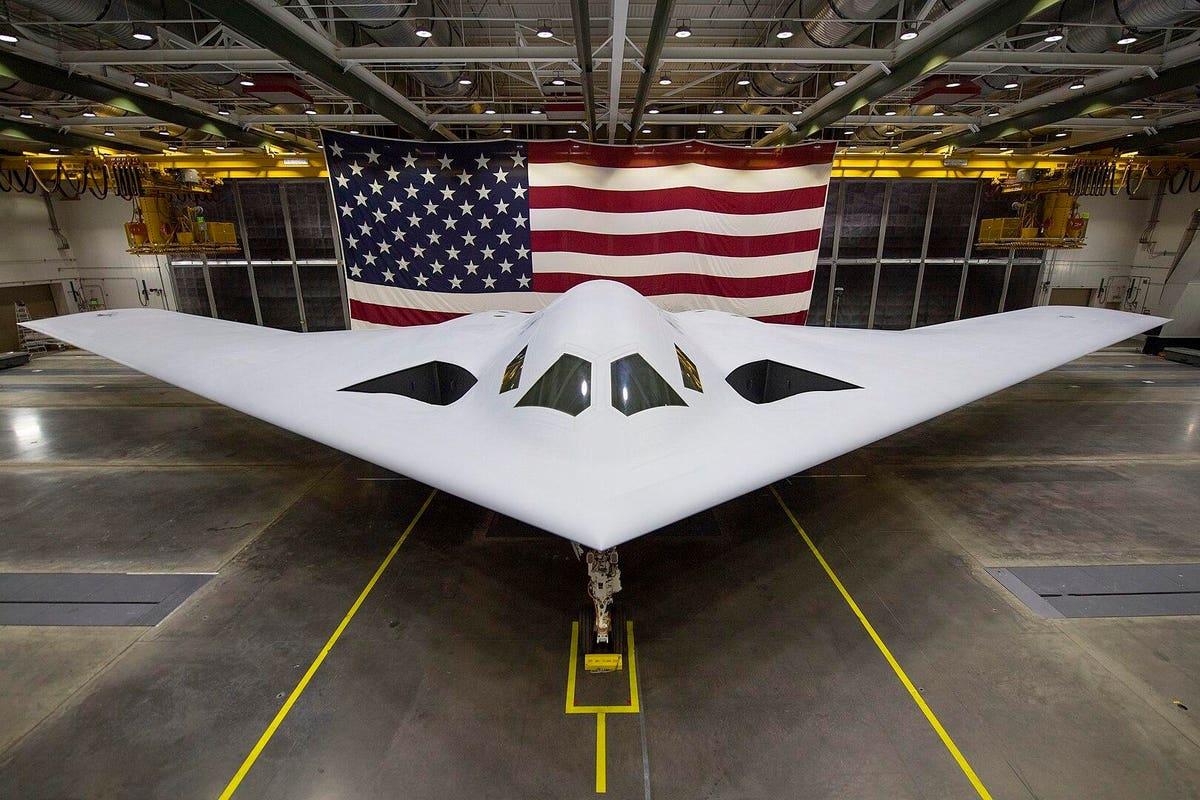The U.S. government has embarked upon the first comprehensive modernization of its strategic nuclear arsenal since the Cold War ended three decades ago. The Department of Defense is simultaneously developing a new generation of ballistic-missile submarines, land-based intercontinental ballistic missiles, and long-range bombers.
Collectively, these three systems are referred to as the strategic “triad.” Every nuclear posture review conducted by the government since the Soviet Union collapsed—there have been five counting Biden’s—has endorsed the triad as the best approach to assuring nuclear deterrence.
During the Cold War, each leg of the triad was periodically modernized. However, with the waning of the Soviet threat, improvement slowed. As a result, the nuclear arsenal has aged markedly. With great-power competition now restored to prominence in the nation’s defense strategy, the deterrent is overdue for revitalization.
The most recent authoritative estimate of nuclear-weapons costs, produced by the Congressional Budget Office in July, projects that the Department of Defense and Department of Energy will spend $247 billion during the ten years ending in 2032 to modernize the nuclear force.
An even larger amount will be allocated in subsequent years, delivering revenues to hundreds of companies. For instance, industrial conglomerate Textron
TXT
BA
However, four companies are poised to dominate modernization of the nuclear arsenal, each of them ultimately realizing tens of billions of dollars in sales.
Northrop Grumman
NOC
In addition, Northrop will provide solid rocket motors for the Trident II D5 ballistic missile carried by a new generation of strategic submarines. The company thus finds itself firmly ensconced as a key contractor on all three legs of the triad for decades to come—an unprecedented achievement in the history of the nuclear program.
Northrop is also vying for a role on other facets of nuclear modernization, such as replacement of the Navy’s flying command post that controls launch of both sea-based and land-based ballistic missiles.
General Dynamics, a Virginia-based defense and aerospace conglomerate, will build the 12 Columbia-class ballistic missile submarines destined to carry two-thirds of U.S. strategic warheads, just as it built the existing Ohio class of strategic subs.
GD’s Electric Boat division, located in Connecticut and Rhode Island, is the most durable weapons franchise in American history, having delivered the Navy’s first submarine in 1899. Today it is the world’s leading producer of undersea warships, supporting modernization of both the U.S. and United Kingdom nuclear deterrents.
Lockheed Martin
LMT
On September 27 the Navy conducted the 191st successful test launch of the D5, extending the program’s unsurpassed record of reliability. The Navy has elected to continue operating a variant of the D5 when it transitions the sea-based deterrent role to the Columbia class, having launched a life-extension program for the missile some time ago.
Lockheed Martin will also play a major part in equipping the Columbia with undersea warfighting technology to assure its survivability in the deterrence role across a 42-year service life. The Navy has signaled that it intends to use Lockheed’s C-130J airlifter as the plane that replaces existing E-6 aircraft in the nuclear command-and-control role.
Like General Dynamics, Lockheed Martin contributes to my think tank.
RTX will also perform diverse roles in modernization of the nuclear arsenal. Its most visible role will be development of the Long Range Standoff weapon by the company’s Raytheon unit. LRSO, as it is often called, is a stealthy cruise missile without which U.S. bombers will be unable to penetrate to some strategic targets. That program alone is expected to cost $16 billion to develop and produce during the 2023-2032 period.
RTX will also provide the engines for the B-21 bomber through its Pratt & Whitney unit, and much of the onboard electronics for the bomber through its Collins Aerospace unit. All three business units of RTX are thus deeply involved in nuclear modernization. RTX too contributes to my think tank.
The fundamental goal of all such activity is to minimize the likelihood of nuclear war. Lacking effective defenses against large-scale nuclear attack, the U.S. has sought to deter adversaries from aggression by threatening intolerable damage in response to an attack.
Each of the above weapons provides the ability to hold critical targets at risk while also being able to survive a surprise attack. The various weapons in the triad thus eliminate any rational incentive an adversary might have to launch a nuclear war.
However, Cold War weapons won’t last forever. The time is past due to begin replacing the systems currently comprising the strategic triad.
As noted above, General Dynamics, Lockheed Martin and RTX contribute to my think tank.
Read the full article here





